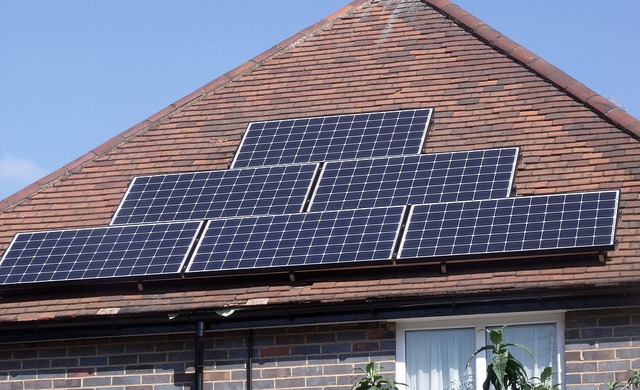I discussed Braemar last month and concluded that it was one for my Modified price earnings ratio portfolio (Newsletters: 24th March – 4th April). The latest annual results have just been published, giving the market a jolt, and sending the share down. So let’s see if it still qualifies for purchase.

Cyclically adjusted price earnings ratio
It CAPE is still quite low.
| Year to February | Underlying earnings per share (p) | Basic earnings per share (p) | Dividend per share (p) |
| 2017 | 8.7 | -1.66 | 14 |
| 2016 | 34.7 | 23.23 | 26 |
| 2015 | 32.28 | 10.04 | 26 |
| 2014 | 33.51 | 21.38 | 26 |
| 2013 | 34.41 | 32.84 | 26 |
| 2012 | 33.84 | 33.84 | 26 |
| 2011 | 48.4 | 48.4 | 26 |
| 2010 | 47.93 | 47.93 | 25 |
| 2009 | 56.7 | 56.7 | 24 |
| 2008 | 48.99 | 48.97 | 23 |
The share is £3, giving a market capitalisation of £91m.
Average “underlying” earnings per share over a decade are 38p
This gives a CAPE of 300p/38p = 7.9
If we take the earnings after the deduction of exceptional items then the ten-year average is 32.2p
This gives a CAPE of 300p/32.2p = 9.3
Despite the recent loss, these CAPEs are still significantly below those of the market (around 15).
Dividend yield is 14p/300p = 4.67%. “The Board’s intention is to pay a dividend appropriately covered by earnings from underlying operations in both the medium and longer term……..Our target is to achieve dividend cover of 1.5 times in the medium to long term.”
For the dividend to be reasonably secure the directors have to believe that earnings can move back to at least 21p per share on a permanent basis. This is significantly below the long run averages. Furthermore the company has £7.1m net cash (with only £0.6m of borrowings), and a positive cash flow.
But this company is losing money – is there a significant probability of it going bust?
Financial distress analysis
Profitability factors
1.Positive net income before extraordinary items? Braemar was profitable on an “underlying” basis at £2.6m after tax. But underlying profit excludes:
— Gain on sale of shares in The Baltic Exchange of £1.7m
— One off business restructuring costs of £3m, largely in the Technical division
— Acquisition related expenditure of £2.5m (mostly a share plan for key ACM staff, which merged with Braemar in 2014).
After allowing for these items the reported loss was £0.5m. To be conservative I’ll not award a Piotroski point.
2.Positive cash flow from operations? Yes, £6.6m (down from £13.5m in 2016). One Piotroski point scored.
3.Improvement in return on assets employed in the business from the previous year? There has been a significant slide in profitability, therefore we score this factor at zero.
4.Is cash flow greater than profit (so profits are not driven primarily by positive accruals, which may be ‘managed’)? Braemar scores well………………………….To read the rest of this article, and more like it, subscribe to my premium newsletter Deep Value Shares – click here http://newsletters.advfn.com/deepvalueshares/subscribe-1

 Hot Features
Hot Features












